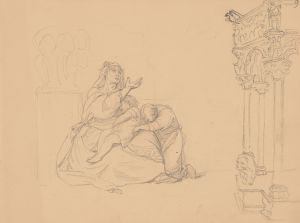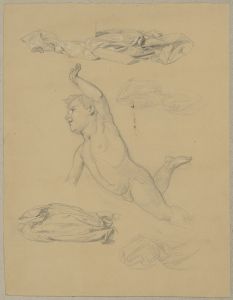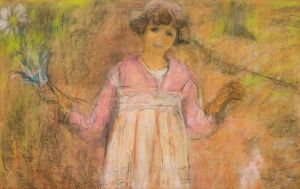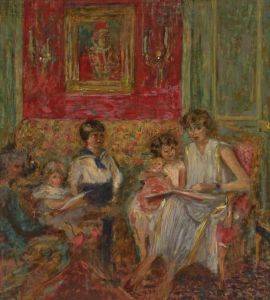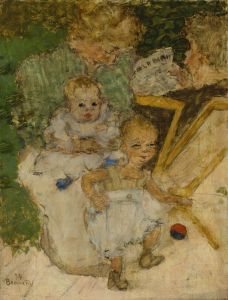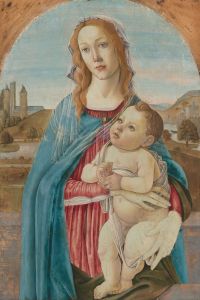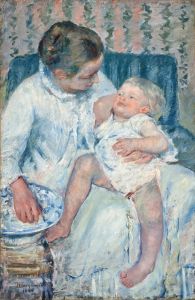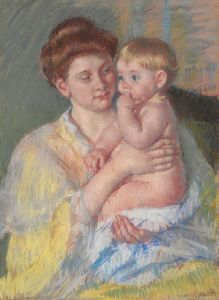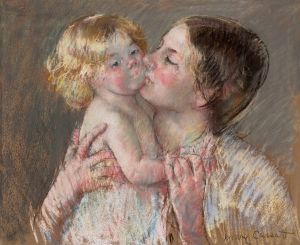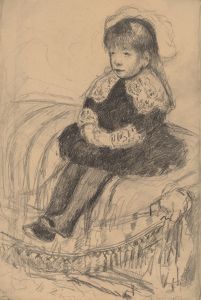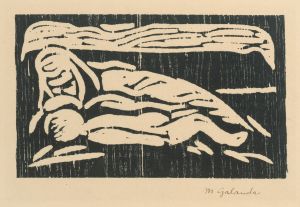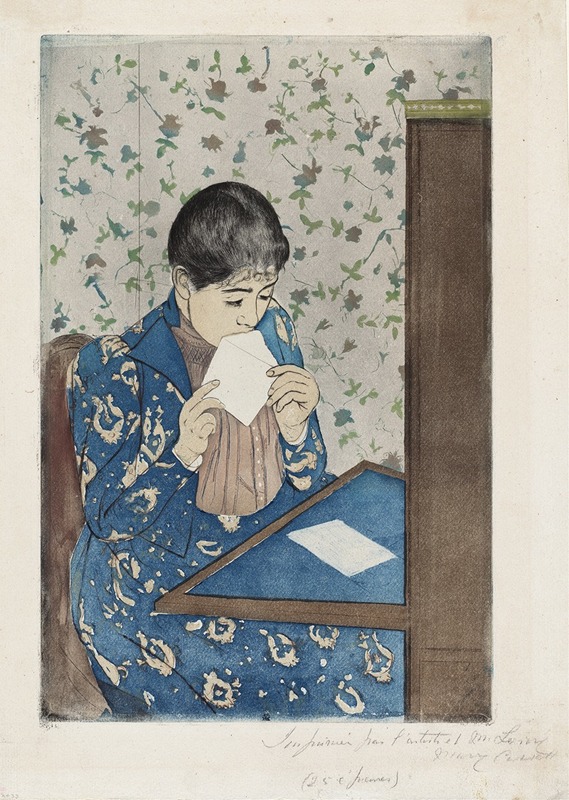
The Letter
A hand-painted replica of Mary Cassatt’s masterpiece The Letter, meticulously crafted by professional artists to capture the true essence of the original. Each piece is created with museum-quality canvas and rare mineral pigments, carefully painted by experienced artists with delicate brushstrokes and rich, layered colors to perfectly recreate the texture of the original artwork. Unlike machine-printed reproductions, this hand-painted version brings the painting to life, infused with the artist’s emotions and skill in every stroke. Whether for personal collection or home decoration, it instantly elevates the artistic atmosphere of any space.
Mary Cassatt's painting "The Letter" is an exemplary work that showcases her unique contribution to the Impressionist movement, particularly through her focus on domestic and intimate scenes. Created in 1890-1891, this artwork is part of a series of color prints that Cassatt produced after being inspired by Japanese woodblock prints, which she encountered at an exhibition in Paris in 1890. This influence is evident in the composition, use of color, and the flattened perspective that characterizes the piece.
"The Letter" depicts a woman engaged in the act of sealing a letter, a scene that captures a moment of private, everyday life. Cassatt's choice of subject matter reflects her interest in the lives and activities of women, a recurring theme in her work. The painting is notable for its attention to detail and the way it conveys the textures and patterns of the woman's clothing and the surrounding interior. The woman's kimono-like robe and the decorative elements in the background further emphasize the Japanese influence on Cassatt's style during this period.
Cassatt's technique in "The Letter" involves the use of soft, muted colors and delicate lines, which contribute to the overall sense of intimacy and tranquility. The composition is carefully balanced, with the figure of the woman positioned slightly off-center, creating a sense of depth and movement within the confined space. This approach reflects Cassatt's mastery of printmaking techniques, which she had been exploring more deeply during this phase of her career.
Mary Cassatt was one of the few American artists to be closely associated with the French Impressionists, and she was the only American woman to exhibit with the group in Paris. Her work often focused on the private and social lives of women, and she is renowned for her sensitive portrayals of mothers and children. "The Letter" fits within this broader context of her oeuvre, highlighting her ability to capture the subtleties of human expression and interaction.
The painting is also significant for its role in the broader context of the Japonisme movement, which saw Western artists incorporating elements of Japanese art into their own work. Cassatt's engagement with this movement is evident in her use of bold outlines, flat areas of color, and an emphasis on pattern and design, all of which are hallmarks of Japanese woodblock prints.
"The Letter" is housed in the collection of the National Gallery of Art in Washington, D.C., where it continues to be appreciated for its artistic and historical significance. It stands as a testament to Cassatt's innovative approach to printmaking and her ability to blend different cultural influences into her work, creating pieces that are both visually striking and deeply resonant.
In summary, "The Letter" by Mary Cassatt is a notable example of her work during a period when she was heavily influenced by Japanese art. It reflects her interest in the everyday lives of women and her skill in printmaking, making it an important piece within her body of work and within the Impressionist movement as a whole.





